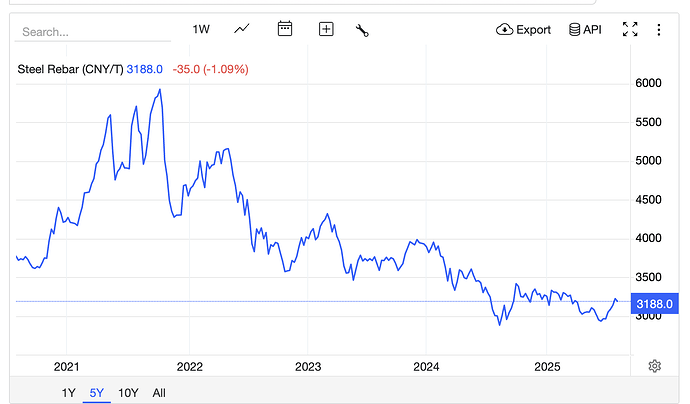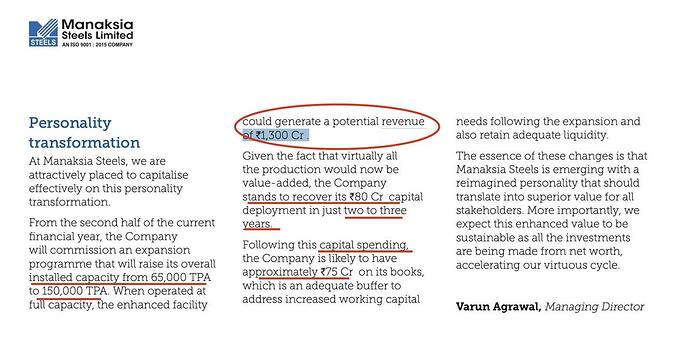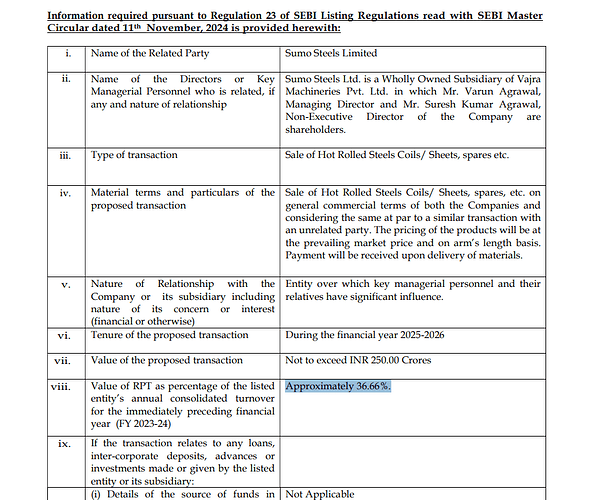**(Code: 532932) (FV: Rs.2) (CMP: Rs.57)
Source - Nayan Patel,Moneytimes
Incorporated as Hindusthan Seals Ltd in 1984, Manaksia Ltd. (ML) is the flaghip company of the Manaksia Group, which emerged from the demeger of Manaksia. In FY15, the company was split into separate entities such as: Manaksia Industries (now BKM Industries) Manaksia Aluminium, Manaksia Steels and Manaksia Coated & Metals Industries and Manaksia Ltd. Basant Kumar Agrawal and Suresh Kumar Agrawal are the promoters of the company.
Mark Steels, Manaksia Overseas, Manaksia Ferro Industries are ML’s Indian subsidiaries. MINL Ltd, Jebba Paper Mills Ltd. and Dynatech Industries, Ghana, are its foreign subsidiaries.
Manaksia and its subsidiaries trade, as and when a good opportunity arises, and manufacture sponge iron and value added steel products comprising cold rolled sheets used in interior and exterior panels of automobiles, buses and commercial vehicles, galvanised corrugated sheets used in the rural housing sector and factory buildings and galvanised plain sheets, used in the manufacture of containers and water tanks and colour coated (pre-painted) coils and sheets for sale to construction, housing, consumer durable and other industries.
ML’s aluminum rolled products in coil and sheet form are used in closures, bus bodies, flooring and general engineering purposes and aluminum alloy ingots are used in the steel and automotive industry. Its colour coated (pre-painted) coils and sheets are used for the manufacture of heat exchanger fins for air conditioners in the HVAC sector and aluminium alloy ingots are used in the steel and automotive industry.
The pilfer proof (PP) closures are used for liquor and pharmaceutical sectors, crown closures for beer and carbonated soft drinks and plastic closures for carbonated soft drinks and mineral water bottles, metal containers, expanded polyethylene (EP) liners, washer and EP sheets. Manaksia’s subsidiary produces kraft, brown and fluting paper.
Other packaging products in which ML deals with are aluminium semi-rigid containers and table foil, printed metal sheets and corrugated boxes made of cardboard.
For Q3FY21, ML’s consolidated net profit rose 176% to Rs.26 crore on 9% higher sales of Rs.218 crore fetching an EPS of Rs.4. For 9MFY21, net profit rose 38% to Rs.60.8 crore on flat sales of Rs.627 crore with an EPS of Rs.9.3. In FY20, ML’s net profit fell 20% to Rs.57.9 crore on 14% lower sales of Rs.856 crore and the EPS was Rs.8.8 on its share of face value of Rs 2 and a dividend of Rs.10.5/share or 525% was paid.
With an equity capital of Rs.13.1 crore and reserves of Rs.983 crore, the book value of the ML share works out to Rs.152 as at 9MFY21. The value of its fixed assets stood at Rs.373 crore. With borrowings of just Rs.31 crore, ML is a cash rich company. It has cash of Rs.167 crore as at H1FY21 and loans and advances given were Rs.52 crore. Investments in bonds treasuries etc stood at Rs.238 crore at H1FY21.
In the last three years, the promoters have increased their stake from 63% to 75% in ML’s equity capital. PCBs hold 8.8% and foreign holding is 0.6%, which leaves 15.6% with the investing public.
A bright market for steel products would boost India’s crude steel production to grow substantially to enable it to occupy the second position in the global steel production. Global aluminium demand, too, is growing. The domestic market demand for both steel and aluminium shows signs of improvement led by the user industries.
The metal packaging market is buyer-oriented. It shows considerable growth due to the resurgence in the foods and beverages industry. The global metal packaging market had been witnessing moderate growth in the past couple of years.
The global metal packaging market is expected to reach at a market size of USD 150.69 billion by 2025 at a CAGR of 3.36%. The demand for metal packaging is expected to be driven by increasing consumption of beverages and demand for aerosol cans.
As per a Fitch forecast, the global primary aluminium market would remain largely undersupplied until 2026, as modest demand growth outpaces production. From 2026 onwards, Fitch expects the market to shift into oversupply. The global aluminium industry is set to benefit by the growth in the construction in key countries and its growing role in automotives as a lightweight substitute for steel. Fitch forecasts the global production growth rate to average 2.7% Y-o-Y over 2019 to 2028.
In terms of demand, the global aluminium picture is expected to stabilise in the coming years driven by steady demand growth in Asia and the growing application of aluminium in automotives and aerospace. India is thus set to be the growth market for aluminium consumption in coming years.
ML is taking all possible steps to improve its performance and is also exploring various options for improving its profitability. It is also making certain tactical changes, which would result in further reduction of overheads thereby contributing to higher profitability in coming years.
India is also a leading producer of sponge iron with a host of coal-based units, located in the mineral-rich states of the country. India has been the world’s largest sponge iron producer since 2003 and is also an important producer of pig iron.
Government of India’s vision to become a $5 trillion economy by FY25 entails investments in several steel intensive sectors like infrastructure, housing for all, 100% electrification, piped water for all, etc. The growth potential for the metal packaging sector is thus immense and the domestic steel consumption will increase significantly in line with this vision.
Since ML is in the highly lucrative metal segment, its products and the bright prospects of user industries is expected to do well going ahead on the bright prospects of its business and increased demand from the user industries.
During FY21, ML is likely to notch an EPS of Rs.14. At the CMP of Rs.57, the ML share trades at a forward P/E of just 4x. The stock has all the potential to cross Rs.91 mark at conservative P/E 6.5x on FY21E. This will translate into a gain of about 65% in the medium0term. The 52-week high and the low of the share has been Rs.65/30




